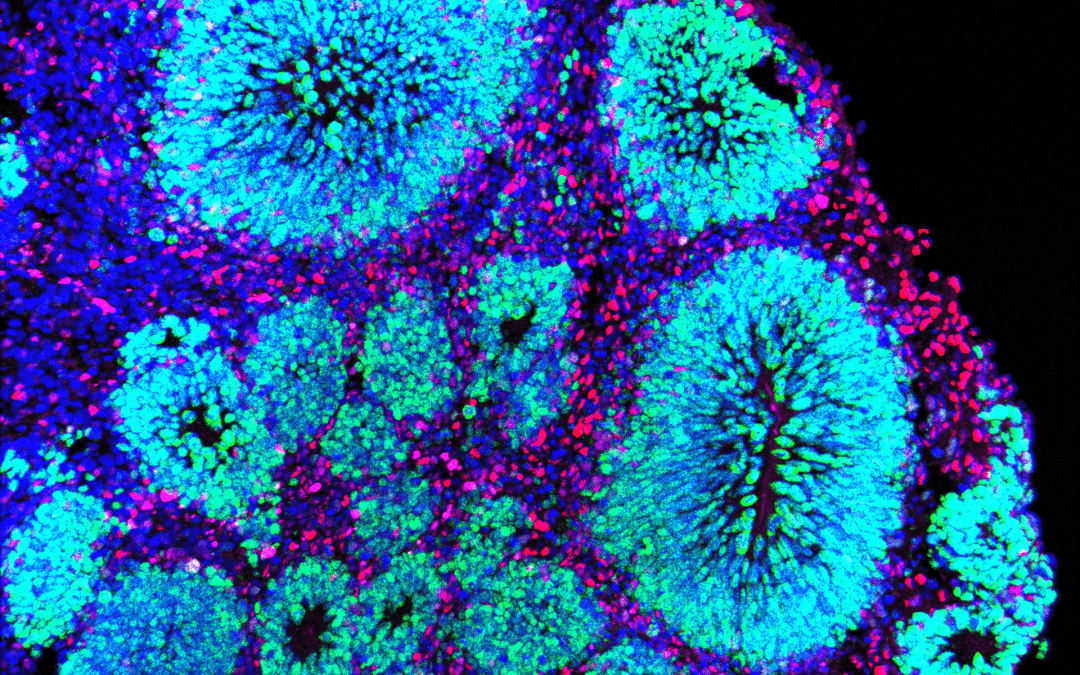
by rmiyatsu | Nov 12, 2025 | News, Publications
In a perspective article for Patterns, Braingeneers researcher Kennith Kosik explains what brain organoids are and what they could become. While organoids raise questions about whether they could become conscious, Kosik emphasizes that current technologies fall far...

by apolozio | May 6, 2024 | Publications
For novice student researchers, acquiring the necessary specialized knowledge before their initial laboratory experience can be a formidable task. We have developed an educational and interactive virtual cell culture environment to help students learn. This...
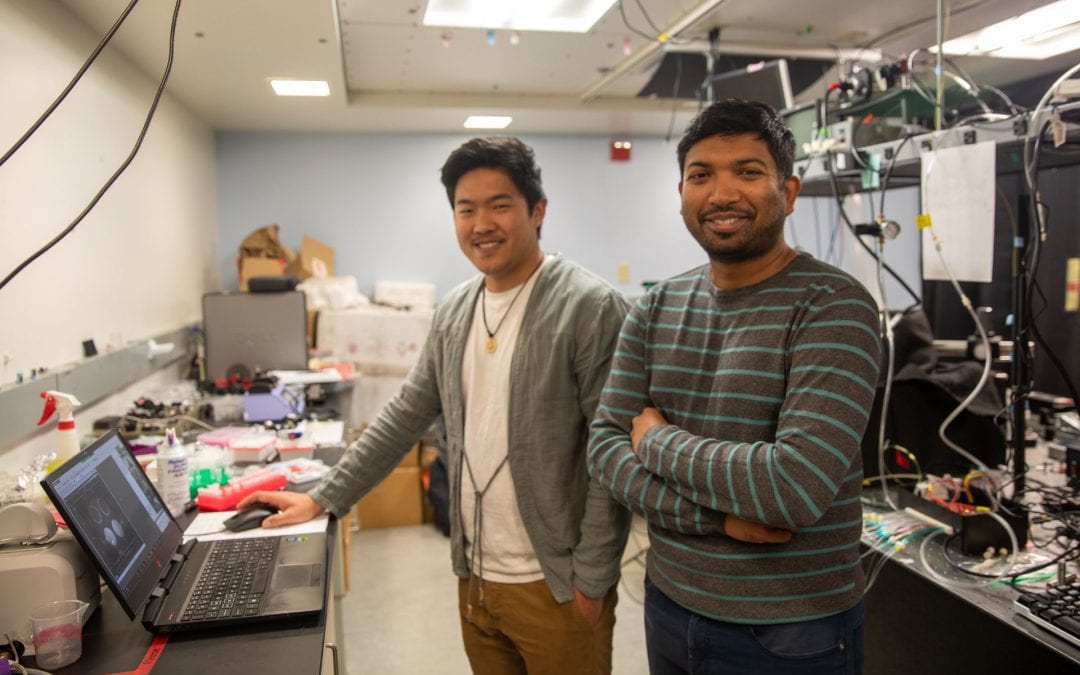
by rmiyatsu | Jul 14, 2023 | News, Publications
“This work is our latest step in developing integrated optofluidic sensing devices that are sensitive enough to detect single biomolecules and work over a very wide range of concentrations,” said Schmidt. “We have shown that this can be done with a single method,...
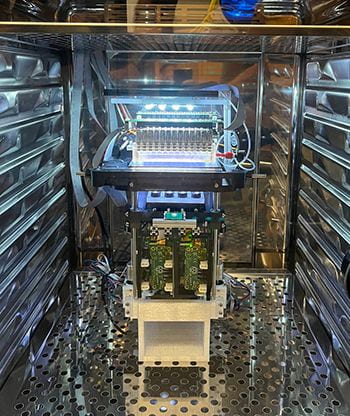
by tunhnguy | Nov 30, 2022 | News, Publications
Braingeneers develop novel method to automate the growth of brain tissue organoids on a chip The new system can increase reproducibility in cerebral organoid research and shows promise for lowering levels of cellular stress Emily Cerf | UCSC | November 28, 2022 A team...
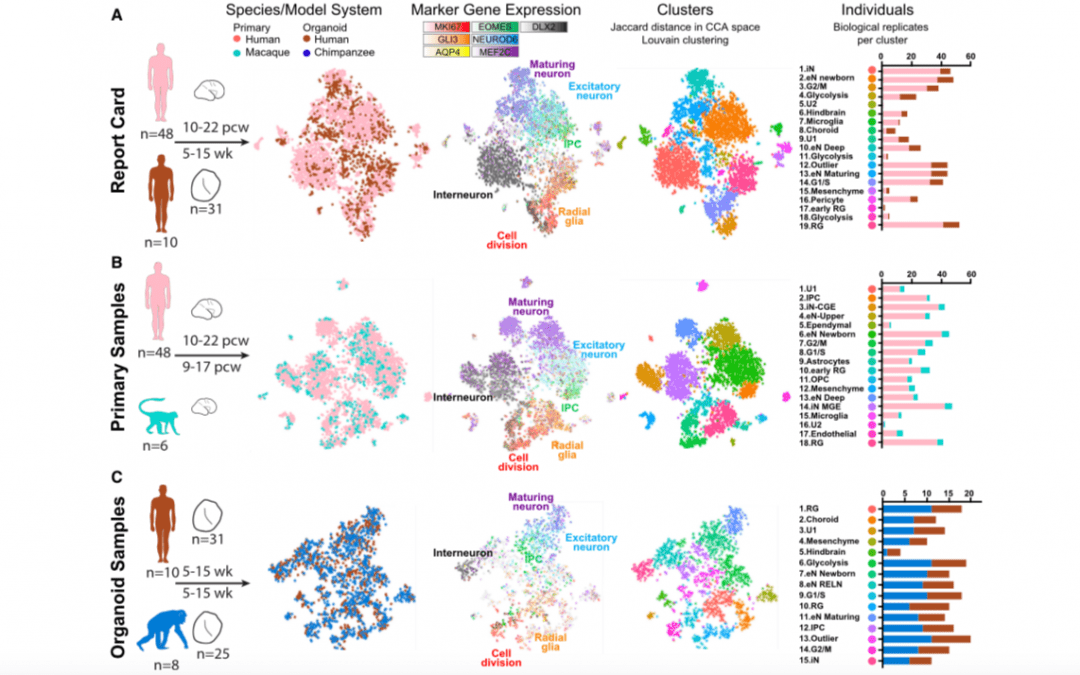
by yavasque | Oct 20, 2019 | Publications
Summary Direct comparisons of human and non-human primate brains can reveal molecular pathways underlying remarkable specializations of the human brain. However, chimpanzee tissue is inaccessible during neocortical neurogenesis when differences in brain size first...
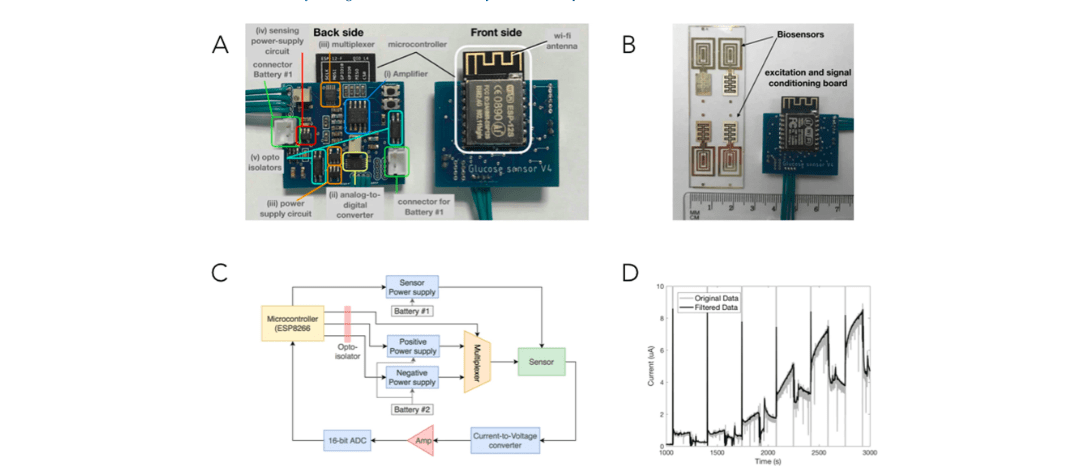
by yavasque | Oct 7, 2019 | Publications
Summary Continuous glucose monitoring from sweat and tears can improve the quality of life of diabetic patientsand provide data for more accurate diagnosis and treatment. Current continuous glucose sensors useenzymes with a one-to-two week lifespan, which forces...








Recent Comments